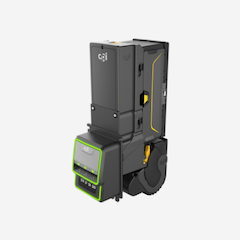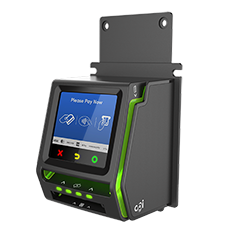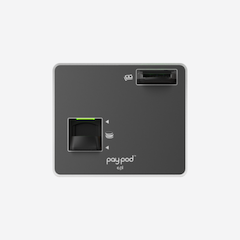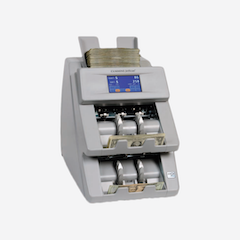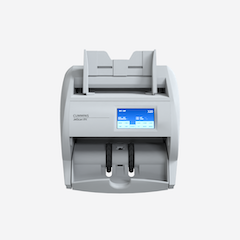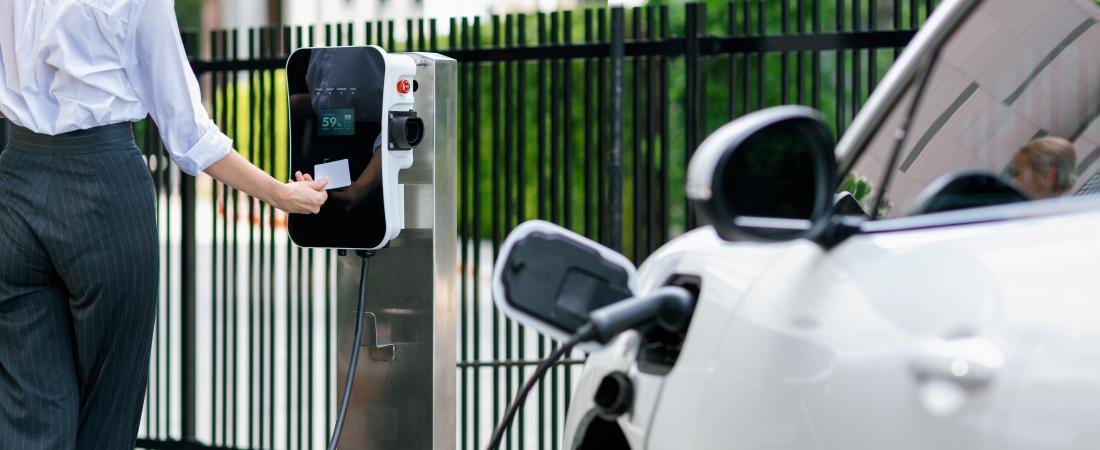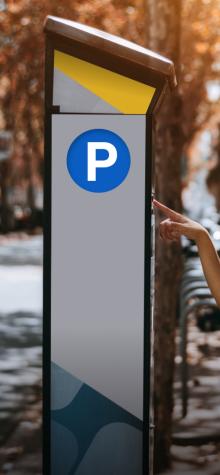Understanding the Need for PIN
By Solving the Challenge of Payment at EV Chargers
Every day, there is news about the growth in e-mobility - be that private or public investments, innovative vehicles and technology coming into the market, or new charging locations being added to route stops, retail locations, or parking. The mass market for electric vehicles is becoming a reality rather than merely a hot topic around the water cooler. With that growth, comes a burgeoning audience of eager EV drivers, demanding the availability of infrastructure as they go about their daily tasks.
Ultimately, every EV driver needs a fit-for-purpose public infrastructure that supports them in the same way that they currently enjoy behind the wheel of a petrol or diesel vehicle. Not every driver can charge at their home, and for many, destination and en-route charging are critical components for their overall driving experience. Further, charging locations simply must be convenient and easy to use.
In other aspects of daily life, such as buying the beloved latte, paying with a debit or credit card is uniformly and commonly accepted and expected. With that, comes the occasional obligation to use a PIN code that provides additional safety.
While EV payment apps may be the solution, there is no standardization, no singular solution and it’s clear that many consumers aren’t ‘appy about the multiplicity of choice. What is much more likely is that EV drivers will have, in their wallet, a credit or debit card that can be used to keep payments simple, using PIN when needed and keeping their data safe and secure.
At the end of the day, paying at a charger should be as easy as purchasing petrol or your favorite latte, but with chargers that look different than petrol dispensers, the question to ask yourself is - have you seen a PIN pad on an EV charger recently? Probably not.
This is because most EV chargers in Europe are not equipped with a PIN pad, increasing the odds of drivers being blocked from completing their transaction. Therefore, when it comes to safety in EV charging, security in the form of a payment device that is inclusive of PIN is the safest option to prevent drivers from becoming stranded at a charging station simply because they can’t complete a transaction that requires a PIN code.
PIN protects consumer transactions and gives them peace of mind, which is part of Strong Customer Authentication (SCA).1 SCA is a government requirement of the second Payment Services Directive (PSD2), which aims to add extra layers of security to electronic payments, such as a password or PIN, cell phone or smartwatch, or fingerprint.2 So, when paying with a debit or credit card, customers may be prompted to comply with SCA by providing a PIN to authenticate the purchase and ensure a customer is who they say they are.
So, how does this affect consumers purchasing electricity at an EV charger? If an EV driver initiates more than 5 consecutive low-value payments prior to charging their vehicle or if the value of the total payments exceeds €100, the driver will be prompted to provide a PIN at the charger, or the transaction will be declined. The only exemptions to this rule are unattended terminals for passenger transport fares, road tolls, and parking fees, and additionally for the UK, contactless charitable donations.
Therefore, with an increasing need for a simple and convenient charging experience for the consumer, EV chargers that are equipped to handle PIN transactions are ideal. Otherwise, operators will experience a 5-7% decline rate due to inability to authenticate via PIN at the point of sale. Securing cardholder data is critical and there is a high cost of not being compliant with PIN regulations and with unattended terminals being especially at risk since they are often in public locations, EV chargers must face the future of payment security.
--


